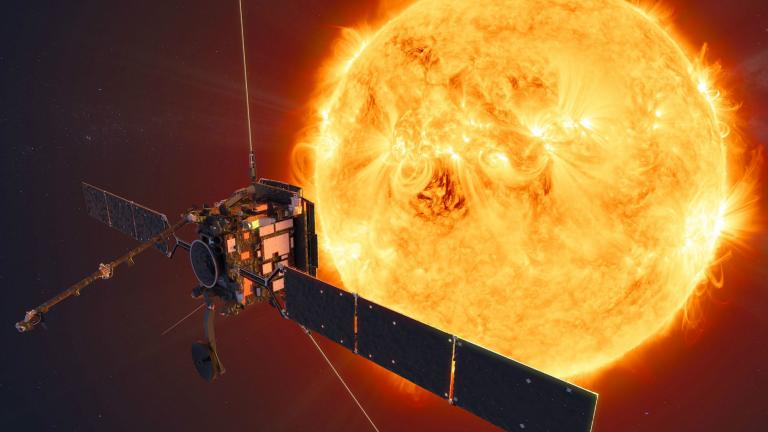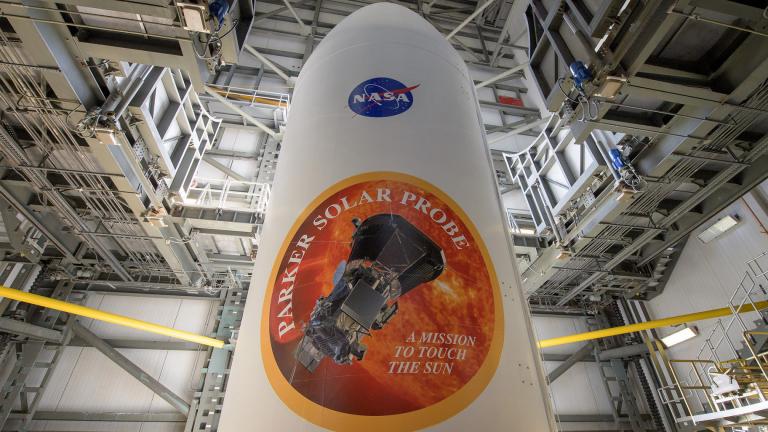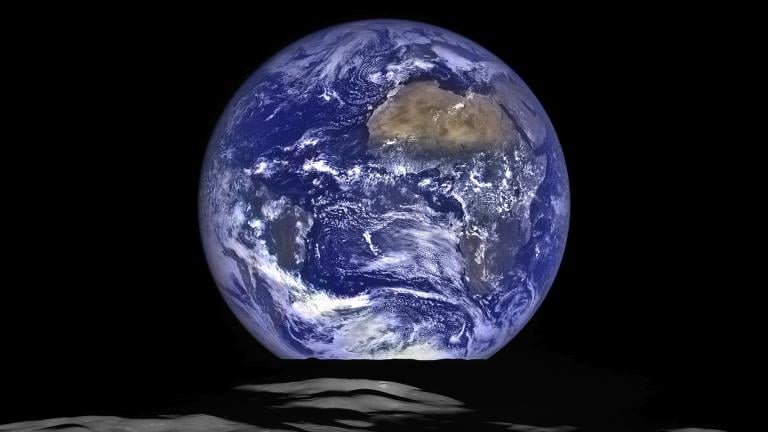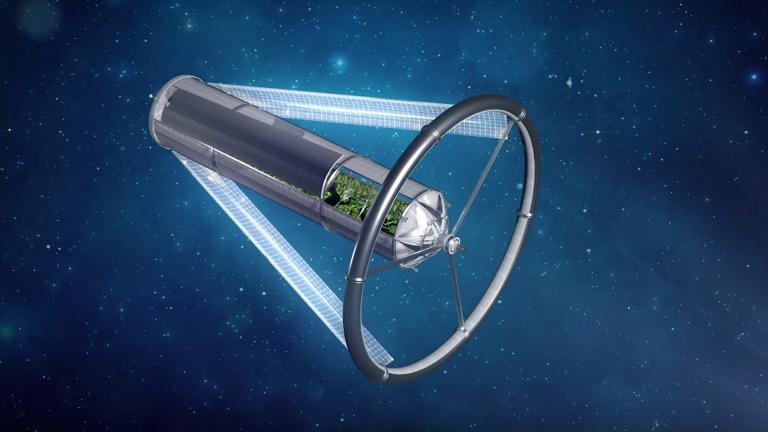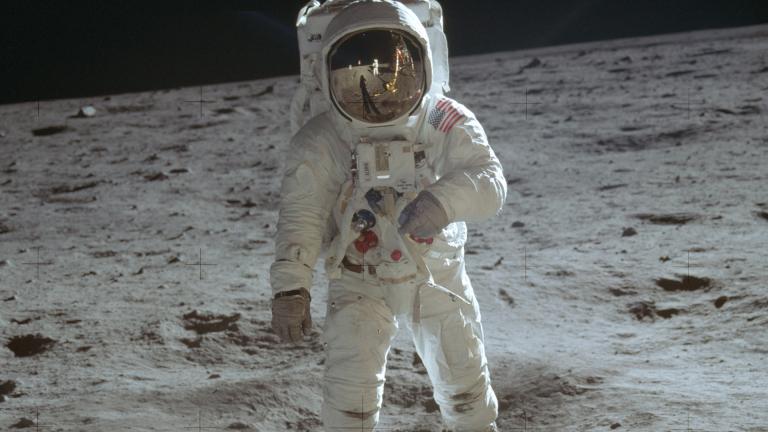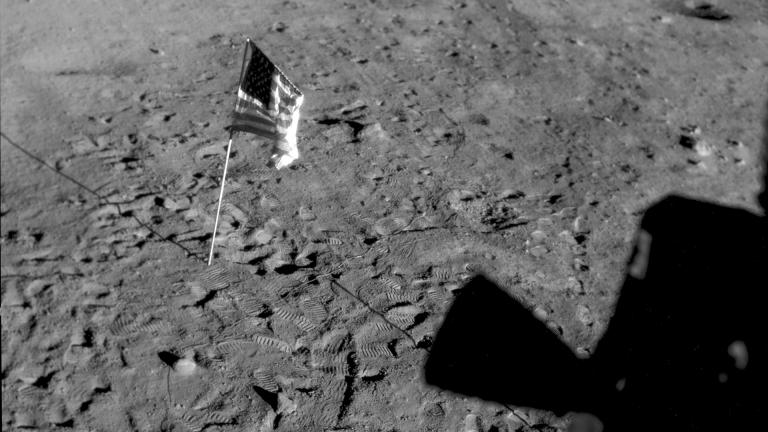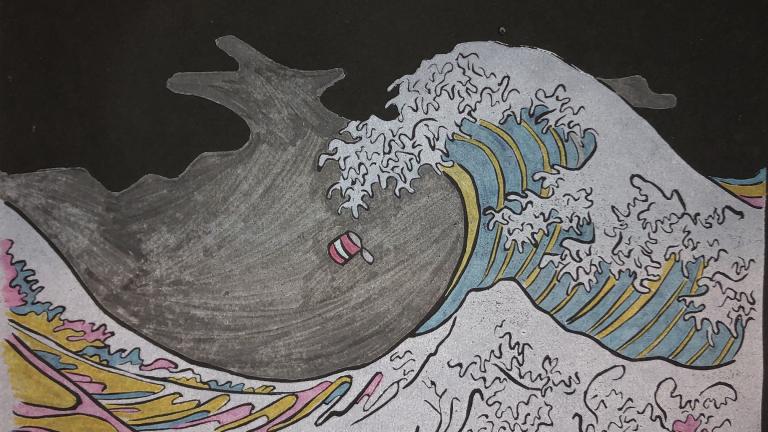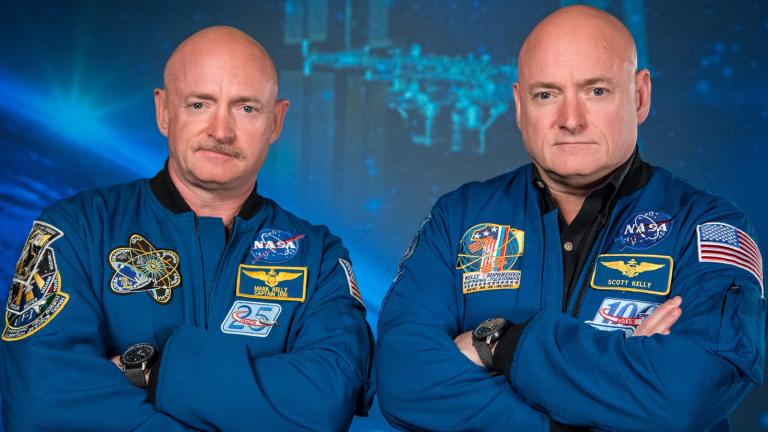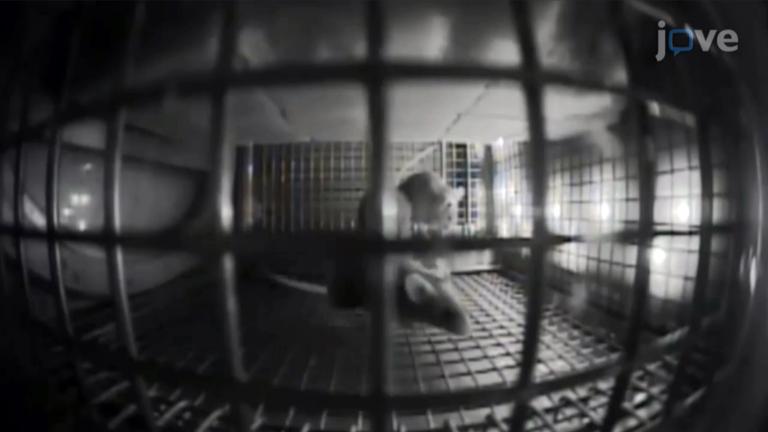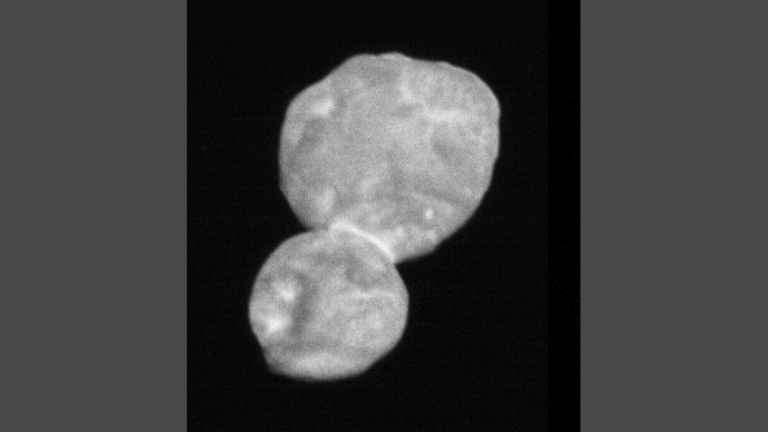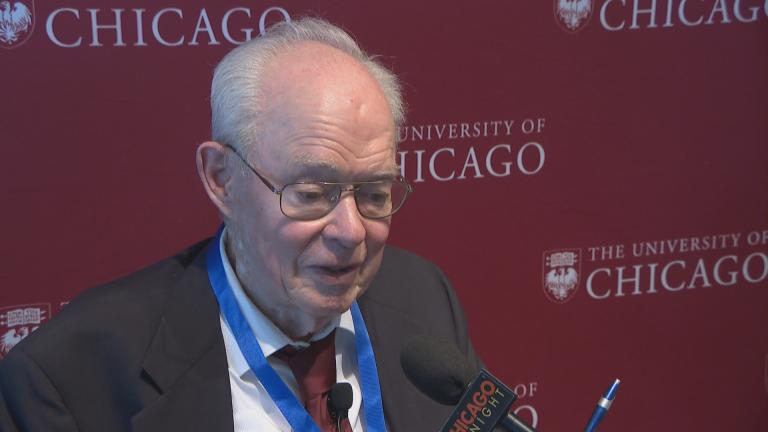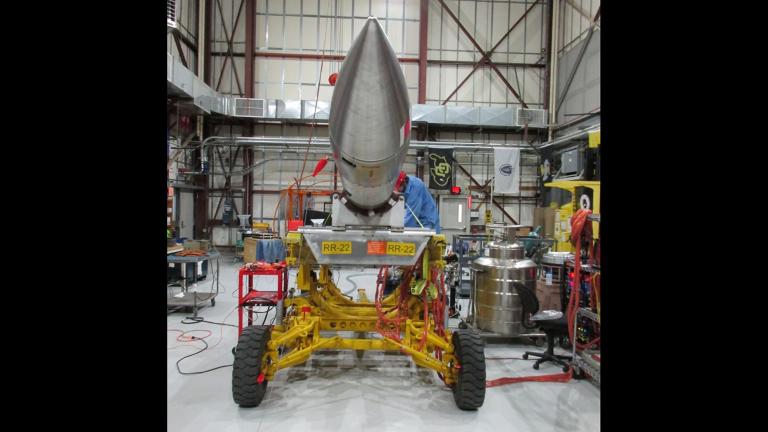It may not seem like it lately, but the sun does indeed still exist. And NASA is sending a spacecraft to our friendly neighborhood star to get some answers.
NASA
An update on the mission and findings of NASA’s Parker Solar Probe, named after pioneering University of Chicago astrophysicist Eugene Parker, who first proposed the existence of the solar wind in 1958.
Adler Planetarium astronomer Mark Hammergren explains how a space-based sentry can help detect asteroids that will pass near Earth.
Could Jeff Bezos’ vision of giant rotating habitats one day support millions of people in space? We speak with two experts about humankind’s future in space.
A moonstruck nation celebrated the 50th anniversary of Apollo 11’s “giant leap” by Neil Armstrong and Buzz Aldrin at parties, races, ball games and concerts Saturday, toasting with Tang and gobbling MoonPies.
Fifty years after Neil Armstrong and Buzz Aldrin walked on the moon, some people insist it never happened and was all a big hoax by the U.S. government. Here’s a look at some of the most common claims and how they're explained away.
Meet Dr. Mika Tosca, a scientist who traded a job at NASA’s renowned Jet Propulsion Lab to teach climate science to art and design students in Chicago.
In research released on Friday, Nobel winning astronomer Adam Riess calculates the cosmos is between 12.5 and 13.0 billion years old - about 1 billion years younger than previous estimates.
A groundbreaking study concludes that human health can be “mostly sustained” for a year in space, a key finding that figures to help NASA with its mission of sending humans to Mars within two decades.
An ongoing NASA study aided by Northwestern researchers sent mice into orbit with the goal of learning more about the physiological effects of living in space.
Ultima Thule, the relatively tiny object in the outer solar system, is now the farthest cosmic body to be reached by humans. We hear from the lead scientist behind the farthest flyby ever.
Next week, the retired University of Chicago astrophysicist, 91, will watch as a probe named in his honor is launched from the Kennedy Space Center and catapulted to the sun’s corona.
Scientists are preparing to launch a rocket in New Mexico that’s equipped with a new high-powered device that will capture unprecedented images of astronomical objects.
Nearly two dozen laboratory mice will be launched into orbit next week as part of a Northwestern-led research mission to learn more about the physiological effects of living in space.
A tantalizing discovery suggests that life could once have existed on Mars – and may still exist today. We get the latest on the red planet with Adler Planetarium astronomer Mark Hammergren.
A conversation with NASA research scientist Rosaly Lopes, who will be recognized this week at an event celebrating women in space science.

